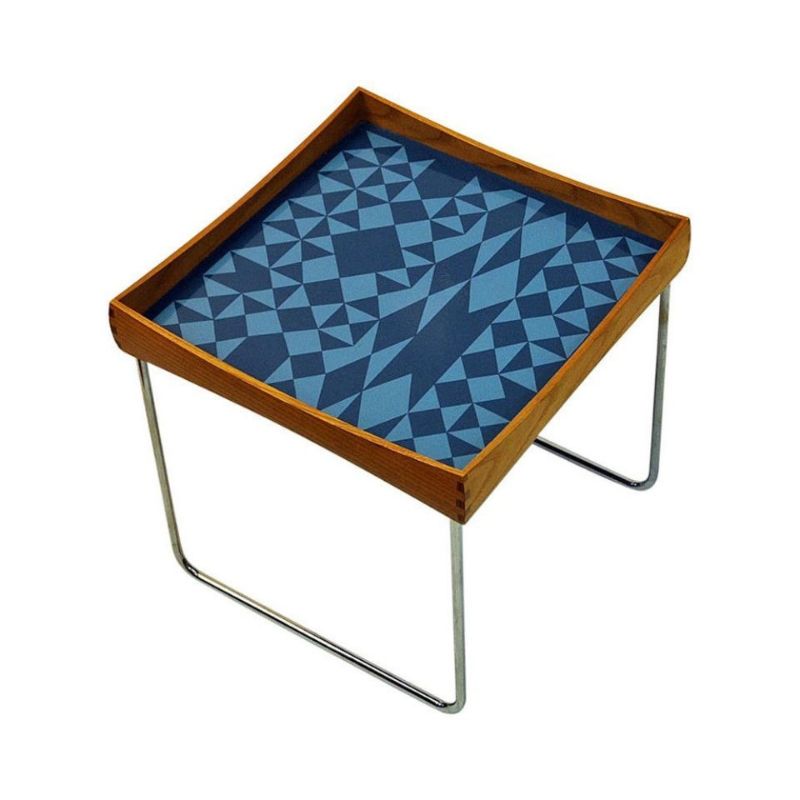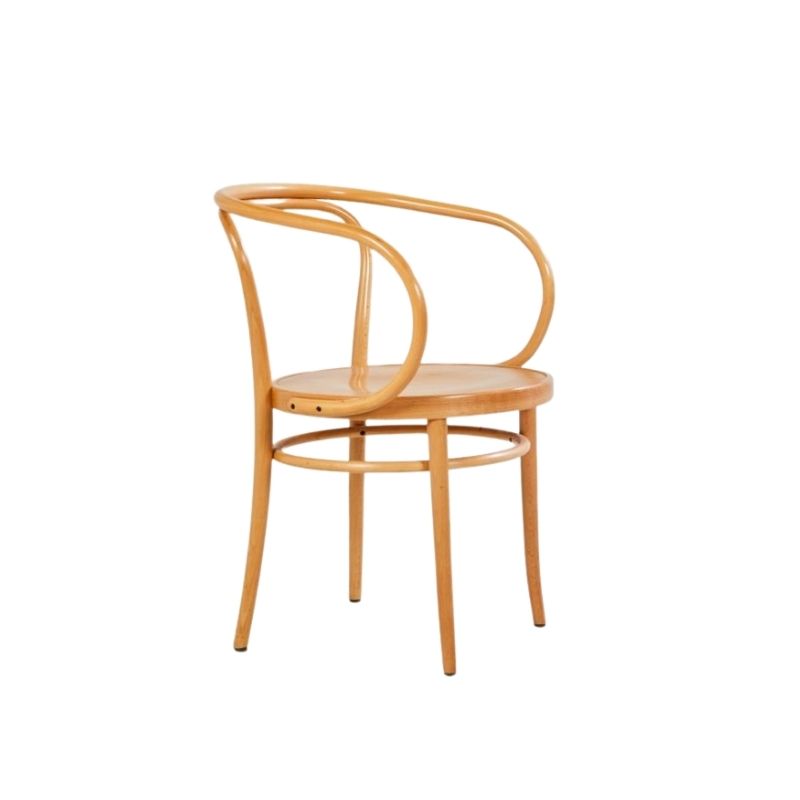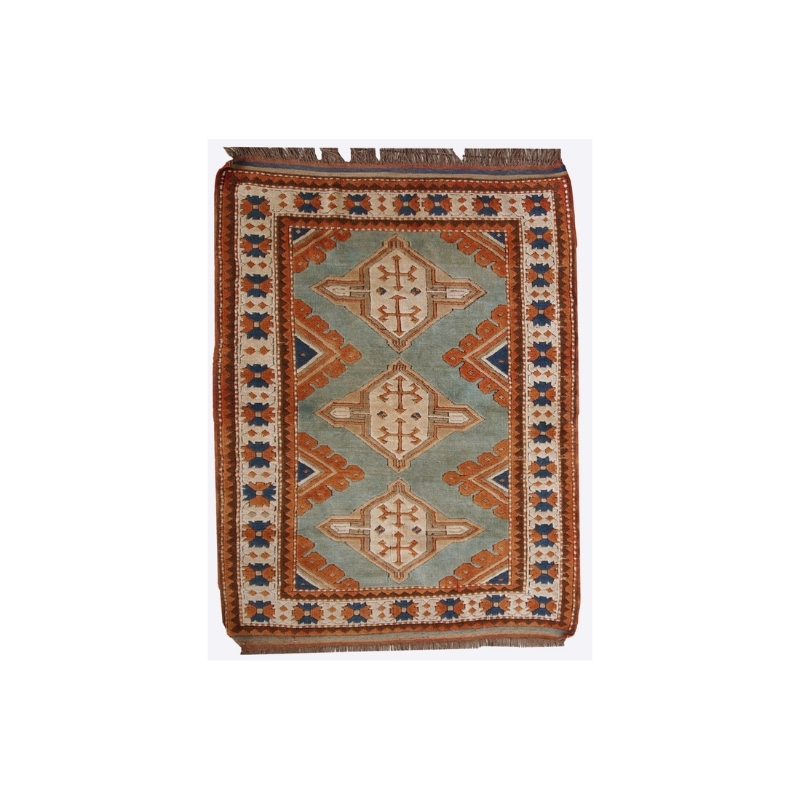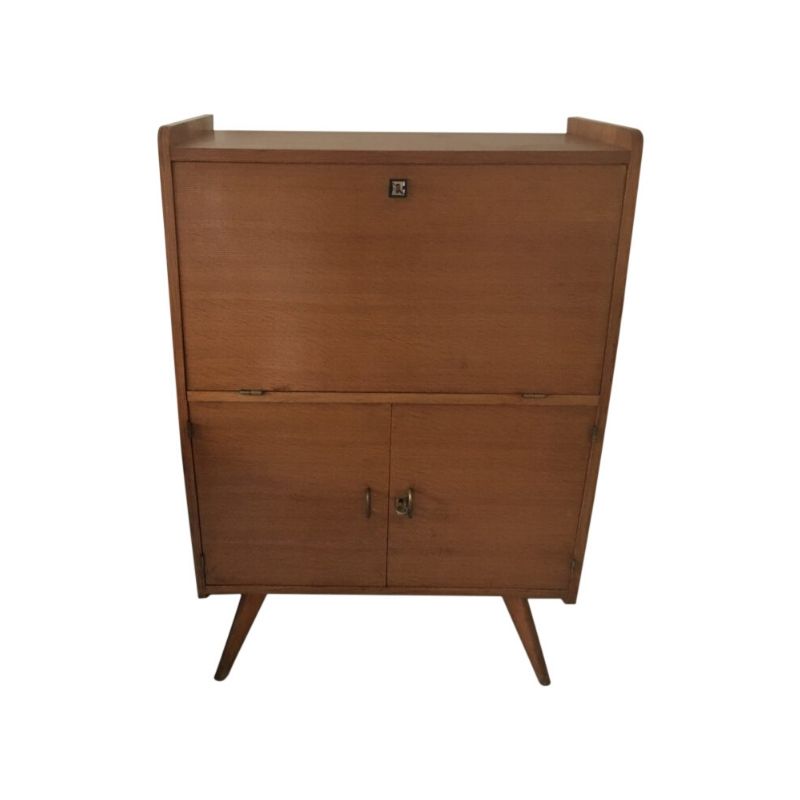As I'm making some furniture myself I keep contemplating about the nessecity of a 'new' design, adding to the heep of things that were already thought out before me.
I'm thinking: is there any need for another chair, or another table..
A lot of the things promoted as good design, seem shallow or superficial: only about the package, not innovative.
I see it in the 'blog' here too, a lot of things seem to say: we don't know, we just try to do something different..
But this need for renewal seems so...stupid. Cars are a great example of this, more than ever they have become a fashion. Burping out a new package for intrinsicly the same thing.
What do you think designers should bow their heads over?
Very interesting question...
Very interesting question bj! Every designer should ask it before committing a new creation.
But there are full of factors that vary over time and justify new approaches: lifestyles evolve, the size of houses also, as well as the average size of human bodies. New materials and technologies appear with more environmentally friendly and/or more economical implementations. So many parameters that justify research and continuous development in the field of design.
For example, the longevity of LED bulbs allow to consider today to melt the bulb and the diffuser in a single object, as shown in a recent blog post. Whether you like the result or not, it's an interesting new typology.
The design is also a reflection of the culture of its time, for better or for worse ... it is true today as yesterday.
.
Don't let those thoughts hold you back bj, if you're a small time designer/maker like me or SDR, don't sweat it, enjoy life and making things, you only get to once. If you share your experiences and work with other people close to you more the better.
Perhaps its a rationalisation but I look at it like this, if you're making an ethical (or at least not unethical) product you're taking money from your local economy and its being invested in something beneficial to you or your neighbours. money that otherwise might go on a poorly made thing.
On the other hand I do see your point about the contract side of the furniture industry, a lot of uneccesary novelty. Its unfortunate that we have this prevalent attitude that the best of the recent past is ossified. Its a tighrope but there is scope for improving past work, customising it, using a new or local material without being unimaginative or derivative without purpose.
This perception that designers work only in concrete ways with materials is passing though, check out TED talks and things like nudge theory, some interesting things happening.
great question but...
While your question is great, nearly every designer is commissioned by a company or an individual and it's really their 'job' to please the client. Consequently role of the designer becomes less about the design itself, but more about marketing to the client why your design is better than another. Then, the design must answer to questions of comfort, cost, and practicality.
The design world is flooded with examples that completely lack innovation, but it's not always appropriate to create an innovative design for everything in the world. This is apparent by renderings of buildings, prototype furniture, concept cars, and other designs that have and will never be built. These designs may or may not have been a means to an end, but that's all part of the design process.
At the end of the day, design is a business. As long as there is somebody to buy a product, there will always be a 'necessity'. However, if one can successfully market a design that they see as more appropriate for whatever function it's to serve, then who is to say that is a bad design or a superfluous product?
I'm currently finishing up
a three-week/30-year project, my first full-size drop-leaf gate leg dining table. It incorporates ideas I began contemplating three decades ago, and a brand-new (for me) combination of materials and details. The design responded, as I believe all viable designs must, to the needs of the client, to the available materials and fabrication facilities, and to the accumulation of long-term goals and, simultaneously, to the urges and inspirations of the present moment . . .
.
That client/patron model is changing pretty quickly though, see link.
I used to be pretty cynical that design had become almost solely about marketing and business but deep down its the human urge and curiosity that drives it, how many artists do what they do with no expectation of ever having a regular or stable income? The majority I'd say and the same would go for designers.
Sketches SDR?
http://www.dezeen.com/2013/08/25/tom-dixon-most-digital-fabrication/
If you need any help, please contact us at – info@designaddict.com









